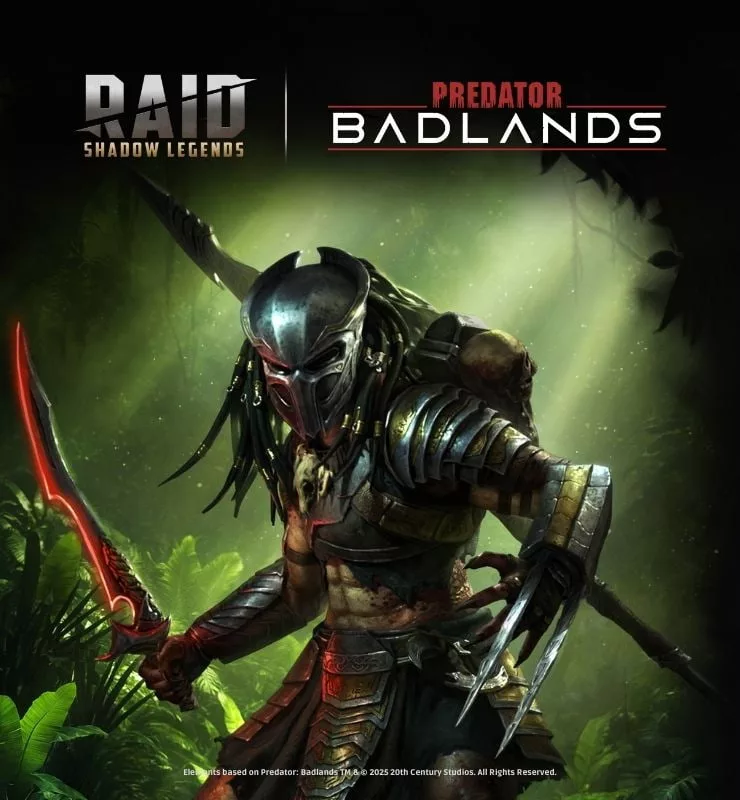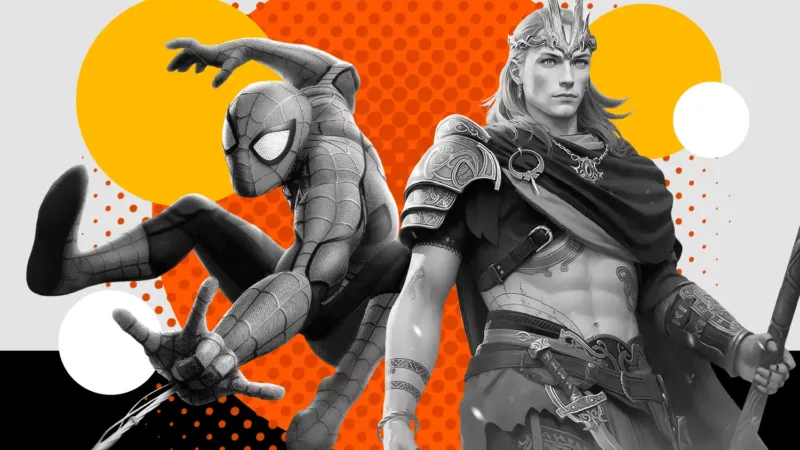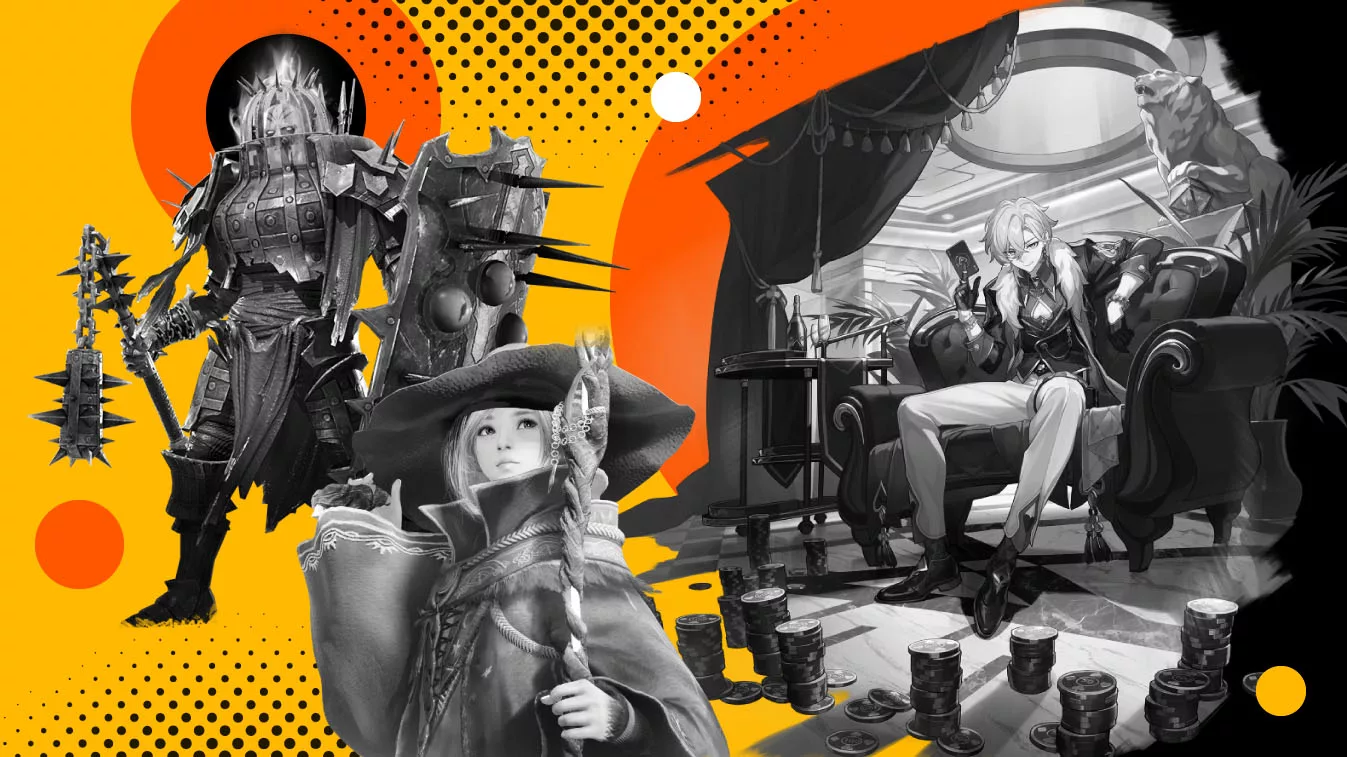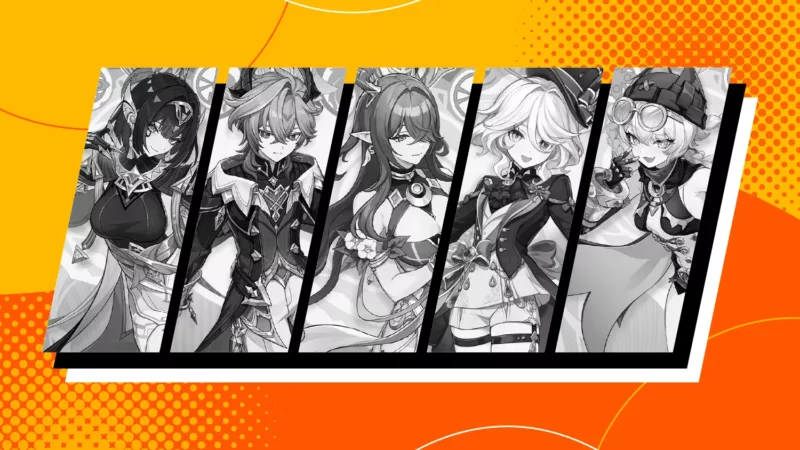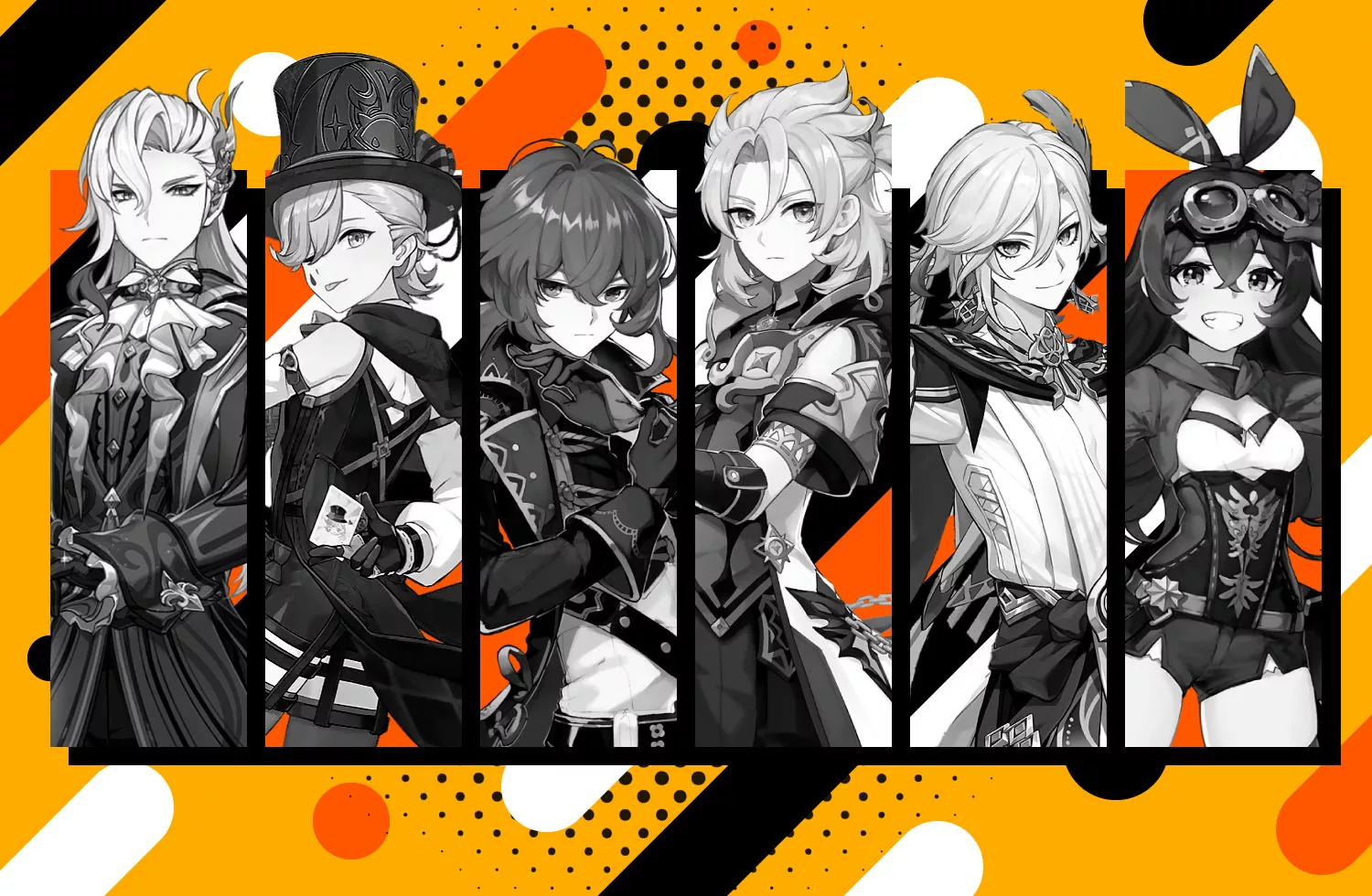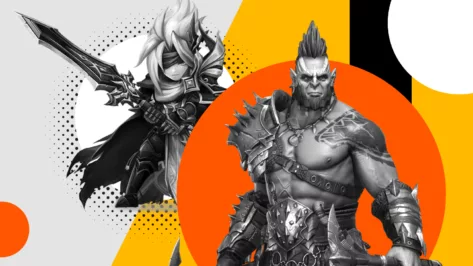
When it comes to the universe of mobile gacha RPGs, two names have dominated the conversions: RAID: Shadow Legends vs. Summoners War. Which is better? Well, both games have built massive followings, collectible heroes, and turn-based gameplay that offer endless adventures across distinct styles.
Summoners War has been around since 2014, pioneering the genre with strategic depth and community-driven PvP. RAID: Shadow Legends, which came out in 2019, entered the scene with cinematic graphics and powerful marketing, quickly becoming a household name. Over the years, both games have expanded their content, refined their metas, and implemented tailored updates for their dedicated fans.
In this guide, we’ll break down key features, gameplay mechanics, and overall player experiences. By the end of it, you’ll be able to make an informed decision about which game fits your playstyle.
Raid Shadow Legends vs. Summoners War at a Glance
Both these games stand tall in the gacha RPG space, considering they have some of the best PvP games with long-term progression systems. Here’s a quick side-by-side look at how they compare.
| Summoners War | Raid: Shadow Legends | |
| Release Year | 2014 | 2019 |
| Developer | Com2uS | Plarium |
| Total Characters | 1500+ monsters across elements | 700+ champions across factions |
| Graphics Style | Bright, cartoony, anime-esque | Dark, realistic, high-fidelity |
| Core Progression | Rune farming, monster awakening, and team synergy | Gear farming, artifact sets, champion upgrades |
| PvP & PvE Modes | Arena, Guild Wars, Dungeons, Raids | Arena, Clan Boss, Faction Wars, Doom Tower, Dungeons |
| F2P Friendliness | More grind-heavy but fair to F2P | Generous early on, but moderately monetized for long-term investment |
Gameplay and Progression Depth
Summoners War leans heavily on deep and methodical progression. Your journey starts with monster collection, as you summon and level up a roster of units across the fire, water, wind, light, and dark elements.
You can improve each monster via a rune system, where you slot six runes per monster, upgrade them with mana, and combine rune set bonuses. Several characters also have unique abilities and playstyles, similar to League of Legends. However, since it’s not a MOBA, each character works in a turn-based, stat-driven setting. In 2025, balance patches and seasonal events continue to keep the experience fresh.
From a purely turn-based RPG perspective, RAID: Shadow Legends stands out for its deep team-building mechanics, diverse champion abilities, and strategic PvP modes. The game feels more polished and streamlined, thanks to its simplified champion gear and artifact system, which streamlines progression.
Add to that several relaxed game components, which allow you to sit and relax with auto-battles as you progress. The 2025 updates so far have introduced new champions, artifact quick-crafting, and a Platinum Forge Pass, along with frequent balance adjustments that keep the meta fresh and evolving.

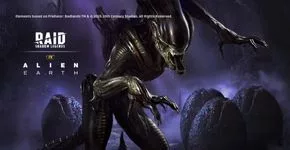
Graphics and Style
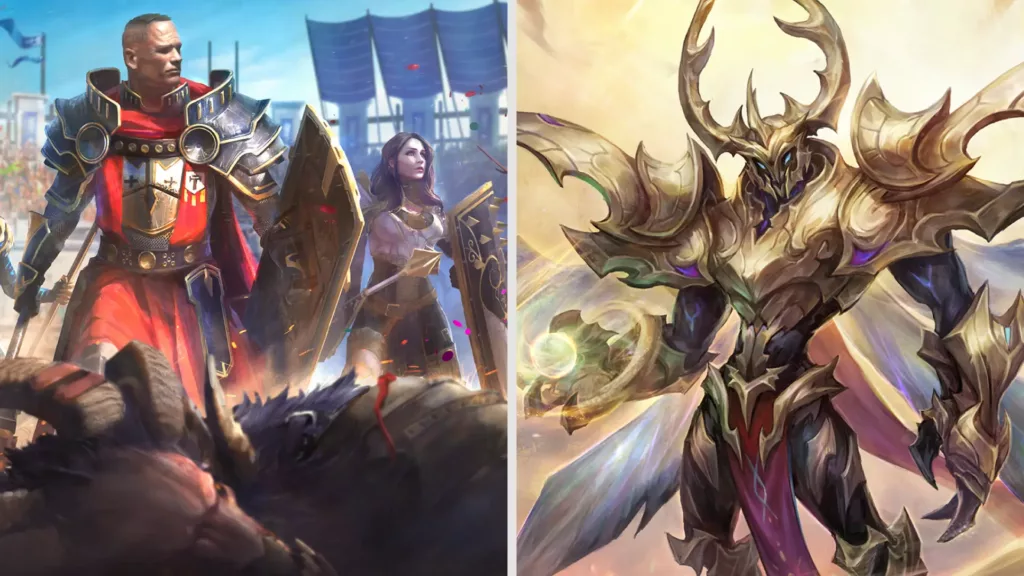
Summoners War adopts an anime-inspired aesthetic, featuring bright and cartoony colors and lighter visuals. The style is approachable and runs smoothly on most devices, making it easy to pick up and play, similar to many single-player games on the market that prioritize accessibility over cutting-edge detail.
RAID: Shadow Legends leans into a dark-fantasy aesthetic with hyper-realistic graphics and detailed champion models. It feels more immersive and visually heavy, similar to something like Baldur’s Gate 3. However, unlike Baldur’s Gate 3’s system requirements, RAID runs well on most mobile devices and medium-end PCs. Its cinematic storytelling and details are well-rendered on most platforms.
PvP and PvE Content
Summoners War offers a wide range of PvP and PvE mechanics, including dungeons, raids, large-scale Guild Battles, and real-time World Arena sessions. The PvP side is especially competitive, with players climbing ranks globally through tactical plays and counter-picking. In PvE, however, the experience can feel grind-heavy, relying on rune farming and essence collection.
RAID: Shadow Legends focuses on simulation and turn-based gameplay with modes like Arena, Clan Boss, and multi-level dungeons. While PvP exists, it’s less competitive than Summoners War’s live duels. Rather, it leans more on raw champion stats and artifact optimization. Both games have balanced depth and several characters to pick from, making up for extensive tier lists and complex strategies.
Community, Social Features, and Events
Summoners War has a passionate community akin to popular fighting games, where guilds and real-time chat form the backbone of player interaction and community. In World Arena, you can clash live with others, and guild battles allow coordinated attacks, defenses, and rewards.
For instance, the recent Summoners War x TEKKEN 8 collab added crossover monsters like Jin, Nina, and Heihachi, along with special missions. The game offers complete cross-platform functionality, so players from all platforms enjoy the experience together.
RAID: Shadow Legends emphasizes clans, faction wars, and recurring crossover events. The TMNT event (featuring the likes of Michelangelo, Raphael, and more) is a standout collab, garnering the attention of fans worldwide. RAID also launched its “Chaos Awakens” summer event in 2025, introducing five new champions, a special limited dungeon, and co-op components to get the community excited.
The game’s social systems are solid and compete well against Summoners War’s social landscape, thanks to clan collaborations and community-driven events. Consistent dev support and community feedback help build RAID: Shadow Legends’ accessible clan features and long-term engagement.
Monetization and F2P Friendliness
Summoners War uses crystals and energy as its main currencies. While there’s monetization in summons and rune packs, the game is more grind-friendly compared to its competitors. Dedicated F2P players can slowly build strong rosters through farming and events, even if progress takes a while. Climbing to the very top may cost you around $50 – $100 per month, depending on your goals.
RAID: Shadow Legends has a more robust monetization system, where energy refills, shard packs, and bundle offers significantly influence the economy. The game’s progression loop is much heavier on resources compared to Summoners War. For top-tier PvP and late-game Clan Boss content, players can spend as much as $200+ per month. RAID’s tier list, similar to Genshin Impact’s tier list, often dictates which champions players chase during certain events. This drives both the spending and meta behavior.
Which Game Should You Play?

Summoners War is a great choice for players who enjoy a more old-school, strategic grind in their games. It has an intricate rune system, deep monster collection elements, and real-time arena battles that reward patience.
However, in 2025, RAID: Shadow Legends is more accessible to new players, with smoother onboarding and systems that don’t overwhelm you right away. Climbing the PvP ladder in RAID feels less like endless farming and more like fast-paced leveling (similar to ranking up in Valorant). Ultimately, it’s tied to your investment in time and strategy.
Take a look at some of these reviews of RAID from real players:
“The graphics on this game are absolutely amazing for a phone app. I’m also overjoyed that they did a collab with Monster Hunter.” – Player gjgsrghjbv.
“This is a great game. I really enjoy everything you can do in it, along with the occasional free legendary.” – Player Natedaw930.
“The game itself is amazing. Basically, the RPG version of World of Warcraft. The graphics are amazing as well, very detailed and realistic. I can see the blood and sweat and all the effort put into this game.” – Player aguyapersonnnn.
In the end, both games cater to different audiences. But, if you’re looking for modern and realistic graphics, streamlined systems with a constant flow of content, RAID stands out as the better long-term pick.
Which Game Has Better Endgame Content and Boss Design?
Both games offer layered endgame challenges, but RAID’s Clan Boss, Hydra, and Doom Tower stand out with more cinematic encounters and higher replay value.
Which Game Has Fairer Monetization and Gacha Rates?
Summoners War is grind-friendlier, but RAID offers faster progression if you’re willing to invest. Its rates and bundles demand a lot, but reward long-term investment.
What Are the Best Starter Teams and Progression Tips for Each Game?
In Summoners War, early units like Belladeon and Veromos are staples for progression. In RAID, Athel and Kael stand out as champions who progress through early content faster.

